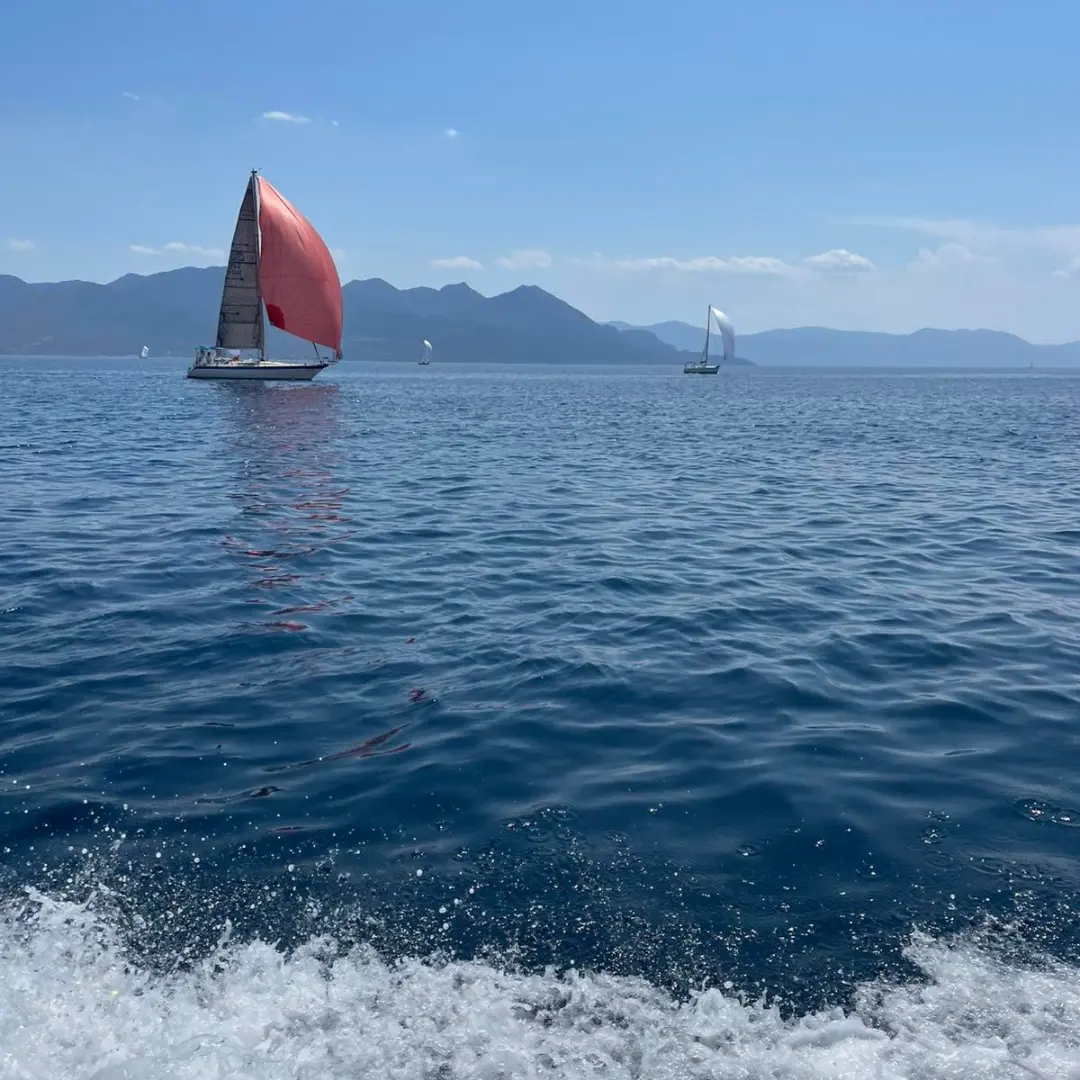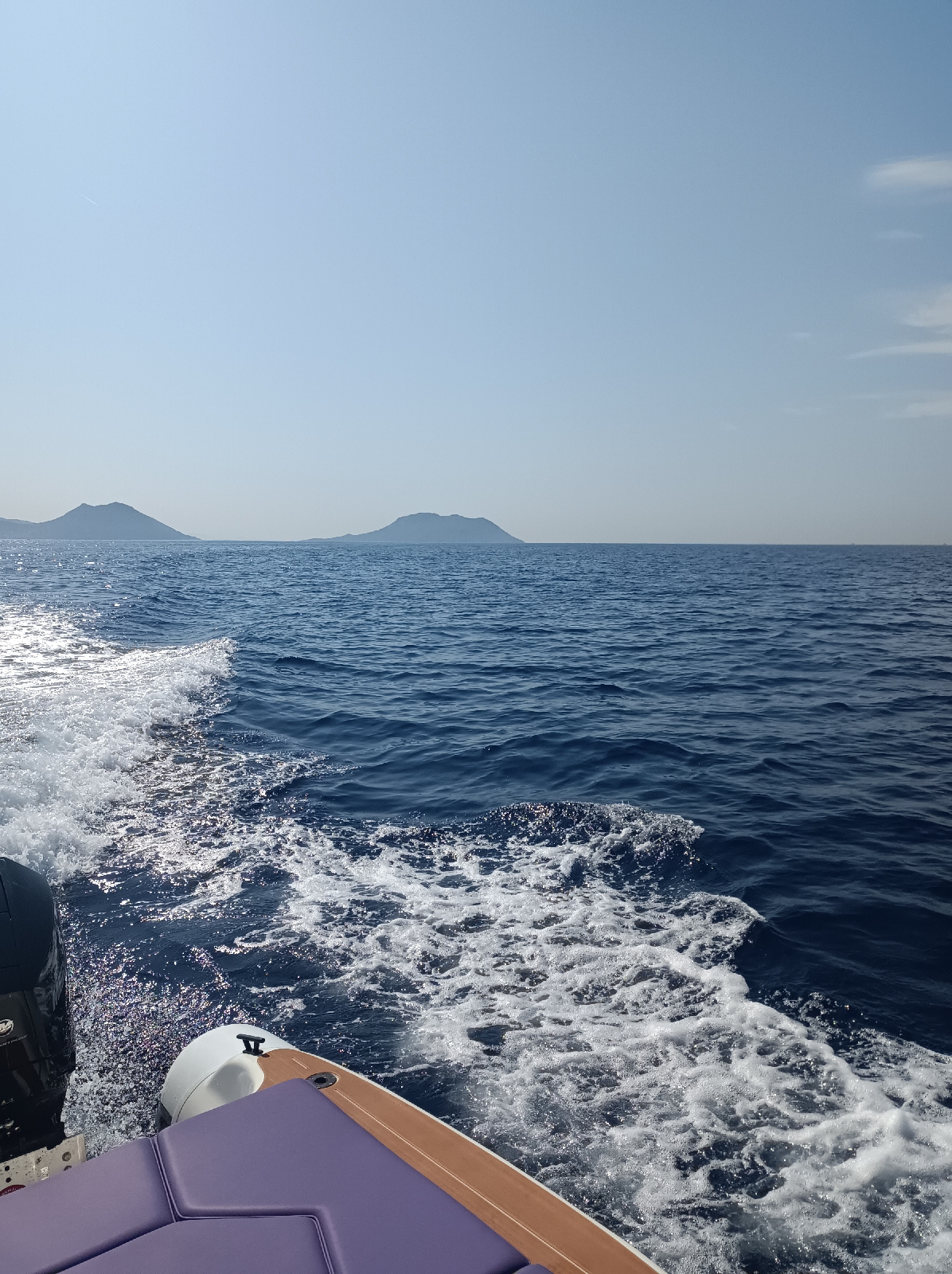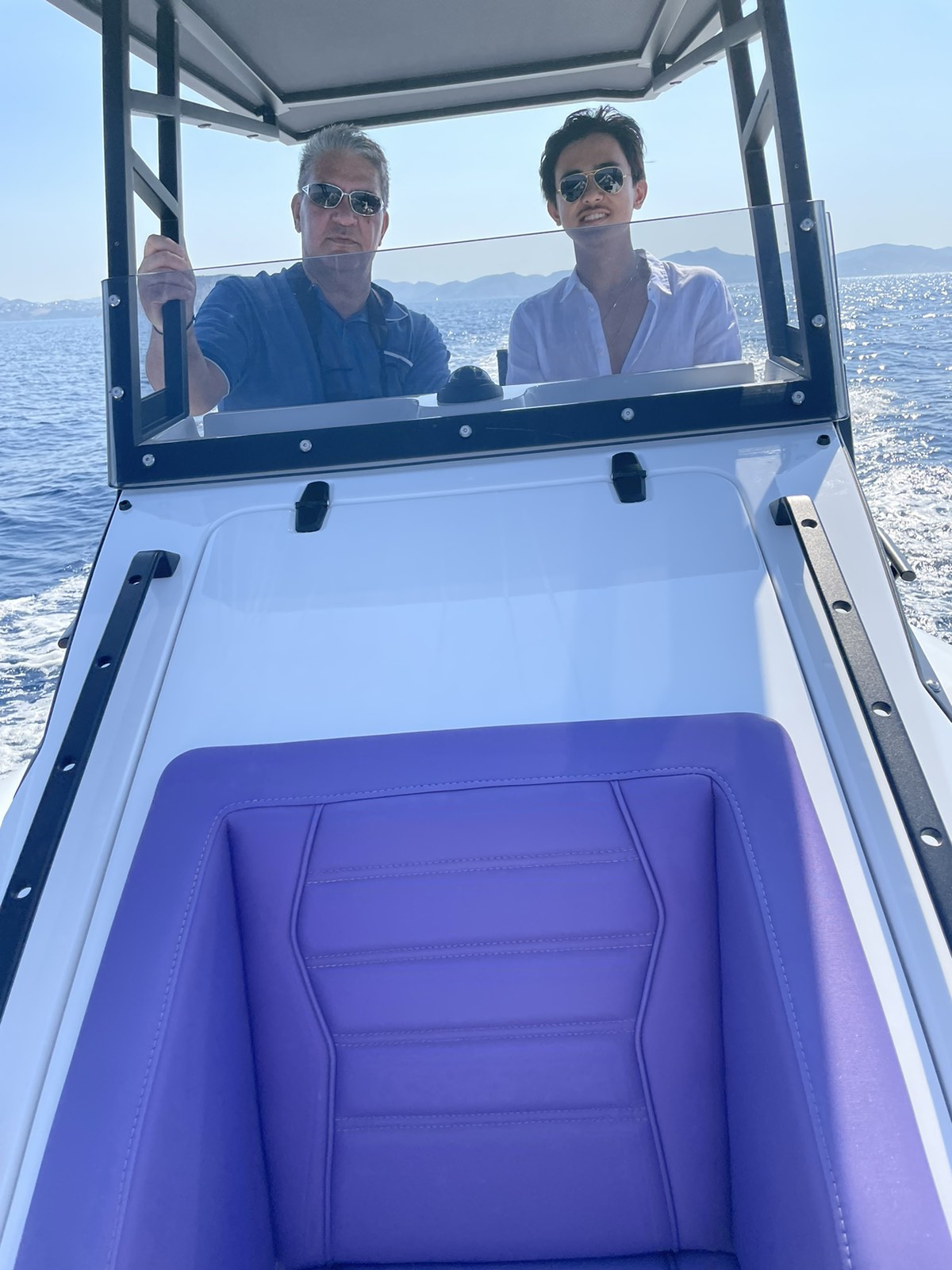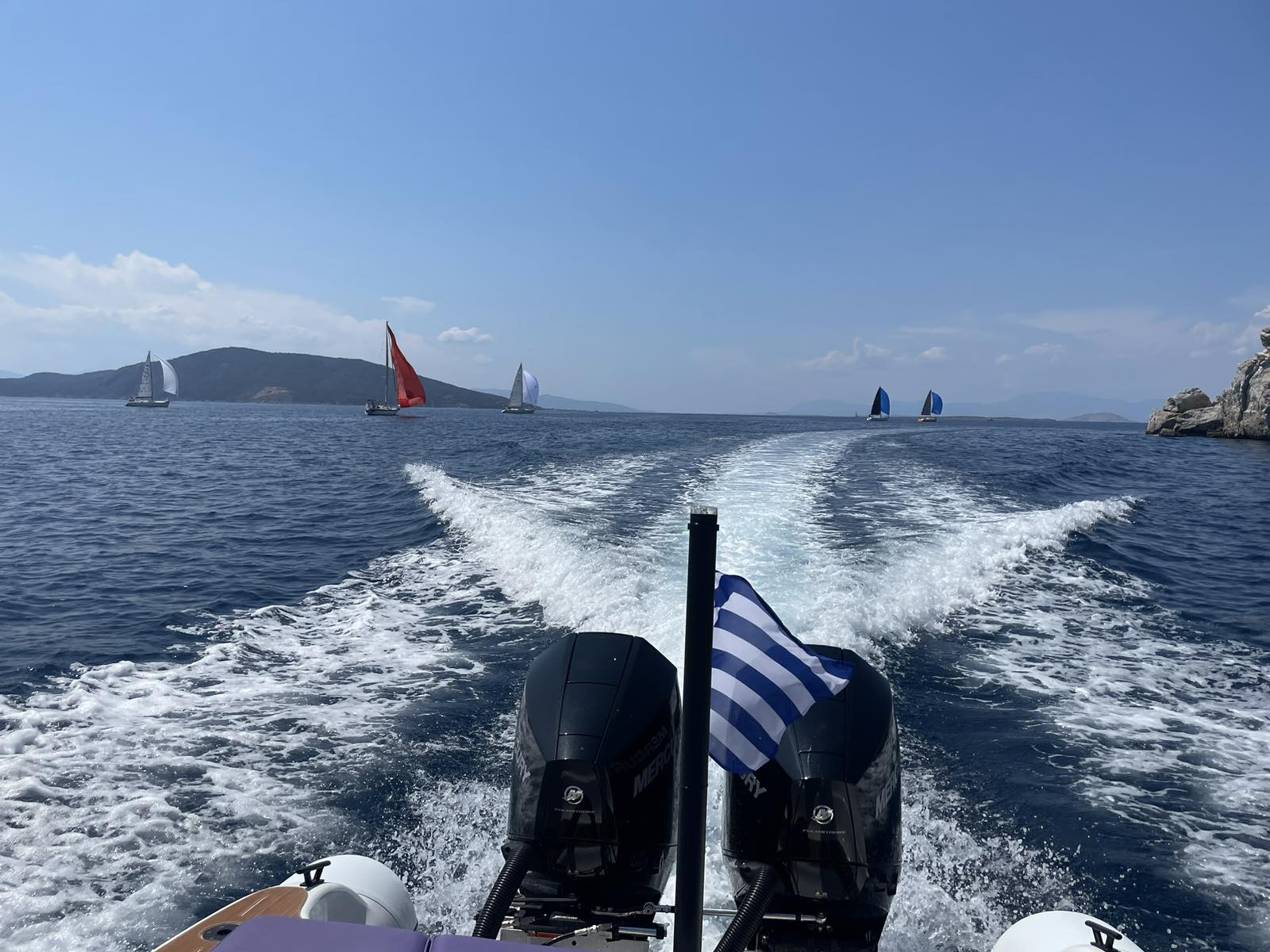BidVertiser
Navigating the Helm: Essential Mastery for Merchant Marine Commanders
Are you ready for an adventure of a lifetime?
Ship Stability and Buoyancy: Ensuring Safety and Efficiency at Sea
Title: Ship Stability and Buoyancy: Ensuring Safety and Efficiency at Sea
Introduction:
Ship stability and buoyancy are fundamental concepts in naval architecture that play a crucial role in ensuring ships' safety, efficiency, and operability at sea. Ships are designed and built to withstand various environmental conditions and cargo loads while maintaining stability and buoyancy. This essay explores the significance of ship stability and buoyancy, the factors affecting them, and the measures taken to ensure their integrity.
Body:
1. Ship Stability:
Ship stability refers to the ability of a vessel to return to an upright position after being inclined by external forces such as waves, winds, or cargo shifting. Stability is vital for safe navigation, preventing capsizing or loss of control. It depends on two primary factors:
a. Metacentric Height (GM): The metacentric height is a key parameter that determines the initial stability of a ship. It represents the distance between the center of gravity (CG) and the metacentric point (M), which is the intersection of the centerline of buoyancy and the centerline of gravity. A higher GM enhances stability, while a lower GM decreases it. Naval architects carefully calculate and optimize the GM to ensure a ship's stability characteristics are within safe limits.
b. Transverse and Longitudinal Stability: Transverse stability refers to the resistance of a ship against rolling motions. The ship's shape, weight distribution, and ballasting play a significant role in achieving transverse stability. Longitudinal stability deals with pitching motions and is affected by the fore and aft distribution of weight and buoyancy.
2. Buoyancy:
Buoyancy is the force that enables a ship to float and support its weight on the water's surface. According to Archimedes' principle, an object immersed in a fluid experiences an upward force equal to the weight of the fluid it displaces. Ships are carefully designed to displace a volume of water equal to their weight, allowing them to float.
a. Displacement and Draft: Displacement refers to the weight of water displaced by a ship. It is a crucial parameter that affects buoyancy. Ships are designed with a specific displacement to ensure they float at the desired draft, which is the vertical distance between the waterline and the ship's keel. Altering the draft affects the ship's buoyancy and subsequently its stability.
b. Freeboard: Freeboard is the vertical distance between the waterline and the main deck of a ship. It acts as a safety margin, ensuring that waves and rough seas do not flood the deck. Sufficient freeboard is essential to maintain buoyancy and prevent water ingress.
3. Factors Affecting Ship Stability and Buoyancy:
a. Weight Distribution: The distribution of weight on a ship significantly impacts its stability and buoyancy. Proper weight distribution ensures that the center of gravity remains within safe limits and optimizes the metacentric height. Cargo loading, fuel storage, and ballast systems must be carefully managed to maintain the desired weight distribution.
b. Ship Design: The shape, size, and proportions of a ship influence its stability and buoyancy characteristics. Naval architects consider these factors during the design phase to achieve the desired stability and ensure that the ship can withstand environmental conditions.
c. Environmental Factors: External forces such as waves, wind, and currents can affect a ship's stability. Ship designers account for these factors by incorporating features like bulbous bows, stabilizers, and anti-roll tanks to minimize the impact of environmental forces and improve stability.
4. Measures to Ensure Ship Stability and Buoyancy:
a. Stability Regulations: International maritime organizations have established regulations and stability criteria to ensure the safety of ships. These regulations set standards for factors such as minimum metacentric height, righting moments, and intact stability requirements. Compliance with these regulations is mandatory to ensure the stability and buoyancy of ships.
b. Stability Assessments: Naval architects conduct stability assessments during the design phase and throughout a ship's life cycle. These assessments involve calculating stability parameters, such as the righting moment curve, and conducting inclining experiments to determine the ship's center of gravity and metacentric height. Regular stability assessments are essential to identify any deviations from the desired stability criteria and take corrective actions.
c. Ballast Systems: Ballast systems allow ships to adjust their weight distribution and stability characteristics. By transferring water between ballast tanks, ships can optimize their stability during different stages of operation, such as loading and unloading cargo. Proper management of ballast systems is crucial to maintaining stability and buoyancy.
d. Load Management: Careful management of cargo and fuel loading is essential for maintaining ship stability. Ship operators must adhere to loading limits and weight distribution guidelines provided by naval architects and stability regulations. Real-time monitoring systems can assist in ensuring that loads are within safe limits during the voyage.
e. Training and Education: Ship stability and buoyancy are complex topics that require expertise and knowledge. Training programs and education in naval architecture provide professionals with the necessary skills to understand and implement stability principles effectively. Continuous training and knowledge sharing within the maritime industry are crucial for maintaining high ship stability and safety.
Conclusion:
Ship stability and buoyancy are vital aspects of naval architecture that ensure ships' safety, efficiency, and operability at sea. By understanding and applying the principles of stability and buoyancy, naval architects and ship operators can design and operate vessels that can withstand external forces, maintain upright positions, and float securely. Compliance with stability regulations, conducting regular stability assessments, proper load management, and continuous education are all essential elements in ensuring ship stability and buoyancy. Ultimately, the pursuit of optimal stability and buoyancy contributes to safer and more reliable maritime operations.
The Role of Shipping and the Growth of Economy in Greece
Beyond the Horizon: Seaman life
Discover Anavyssos to Aegina: A Boat Lover's Paradise with the rigid inflatable boat (RIB)Karma and OpenSea RIB Charter
My Posts
Ενημερωτικό Δελτίο: Βελτίωση της Παραγωγικότητας και Διαχείριση Χρόνου
Ενημερωτικό Δελτίο: Βελτίωση της Παραγωγικότητας και Διαχείριση Χρόνου Σύγχρονες πρακτικές για μια πιο αποτελεσματική καθημερινότητα Εισαγω...

-
A Comprehensive Historical and Economic Analysis of John D. Rockefeller Part I: The Formative Years and the Pursuit of Order 1.1 Origins and...
-
Beyond the Horizon: Seaman life : Seaman life is a unique and challenging career that requires dedication, courage, and adaptability. Seamen...
-
Beyond the Horizon: Υπολογισμός KG :
-
Στατιστικές για την εγκληματικότητα στην Ελλάδα. Στον παρακάτω πίνακα παρουσιάζονται στατιστικές για την εγκληματικότητα στην Ελλάδα. Τα δεδ...
CPAGRIP

Qube Agri Vessel Loading at Quattro, Port Kembla
Wet iron ore fines - above flow point
Iron ore fines - below flow point
Iron ore fines - below flow point from TMTV on Vimeo.
Wet coal - above flow point
Wet coal - above flow point from TMTV on Vimeo.
Dry coal - below flow point
Dry coal - below flow point from TMTV on Vimeo.
Can test videos introduction
Can test videos introduction from TMTV on Vimeo.
UK P&I Club Live Webinar (Series 12): Bulk carriers - Hold preparation
Calendar
Privacy Policy
Privacy Policy for Naftilosgr
At Naftilosgr, accessible from https://naftilosgr.blogspot.com/, one of our main priorities is the privacy of our visitors. This Privacy Policy document contains types of information that is collected and recorded by Naftilosgr and how we use it.
If you have additional questions or require more information about our Privacy Policy, do not hesitate to contact us.
Log Files
Naftilosgr follows a standard procedure of using log files. These files log visitors when they visit websites. All hosting companies do this and a part of hosting services' analytics. The information collected by log files include internet protocol (IP) addresses, browser type, Internet Service Provider (ISP), date and time stamp, referring/exit pages, and possibly the number of clicks. These are not linked to any information that is personally identifiable. The purpose of the information is for analyzing trends, administering the site, tracking users' movement on the website, and gathering demographic information. Our Privacy Policy was created with the help of the Privacy Policy Generator.
Cookies and Web Beacons
Like any other website, Naftilosgr uses "cookies". These cookies are used to store information including visitors' preferences, and the pages on the website that the visitor accessed or visited. The information is used to optimize the users' experience by customizing our web page content based on visitors' browser type and/or other information.
For more general information on cookies, please read the "Cookies" article from the Privacy Policy Generator.
>>>>>>> parent of e1b9ab7 ([brands] Updated credits link)Google DoubleClick DART Cookie
Google is one of a third-party vendor on our site. It also uses cookies, known as DART cookies, to serve ads to our site visitors based upon their visit to www.website.com and other sites on the internet. However, visitors may choose to decline the use of DART cookies by visiting the Google ad and content network Privacy Policy at the following URL – https://policies.google.com/technologies/ads
Our Advertising Partners
Some of advertisers on our site may use cookies and web beacons. Our advertising partners are listed below. Each of our advertising partners has their own Privacy Policy for their policies on user data. For easier access, we hyperlinked to their Privacy Policies below.
Privacy Policies
You may consult this list to find the Privacy Policy for each of the advertising partners of Naftilosgr.
Third-party ad servers or ad networks uses technologies like cookies, JavaScript, or Web Beacons that are used in their respective advertisements and links that appear on Naftilosgr, which are sent directly to users' browser. They automatically receive your IP address when this occurs. These technologies are used to measure the effectiveness of their advertising campaigns and/or to personalize the advertising content that you see on websites that you visit.
Note that Naftilosgr has no access to or control over these cookies that are used by third-party advertisers.
Third Party Privacy Policies
Naftilosgr's Privacy Policy does not apply to other advertisers or websites. Thus, we are advising you to consult the respective Privacy Policies of these third-party ad servers for more detailed information. It may include their practices and instructions about how to opt-out of certain options.
You can choose to disable cookies through your individual browser options. To know more detailed information about cookie management with specific web browsers, it can be found at the browsers' respective websites. What Are Cookies?
Children's Information
Another part of our priority is adding protection for children while using the internet. We encourage parents and guardians to observe, participate in, and/or monitor and guide their online activity.
Naftilosgr does not knowingly collect any Personal Identifiable Information from children under the age of 13. If you think that your child provided this kind of information on our website, we strongly encourage you to contact us immediately and we will do our best efforts to promptly remove such information from our records.
Online Privacy Policy Only
This Privacy Policy applies only to our online activities and is valid for visitors to our website with regards to the information that they shared and/or collect in Naftilosgr. This policy is not applicable to any information collected offline or via channels other than this website.
Consent
By using our website, you hereby consent to our Privacy Policy and agree to its Terms and Conditions.













































































